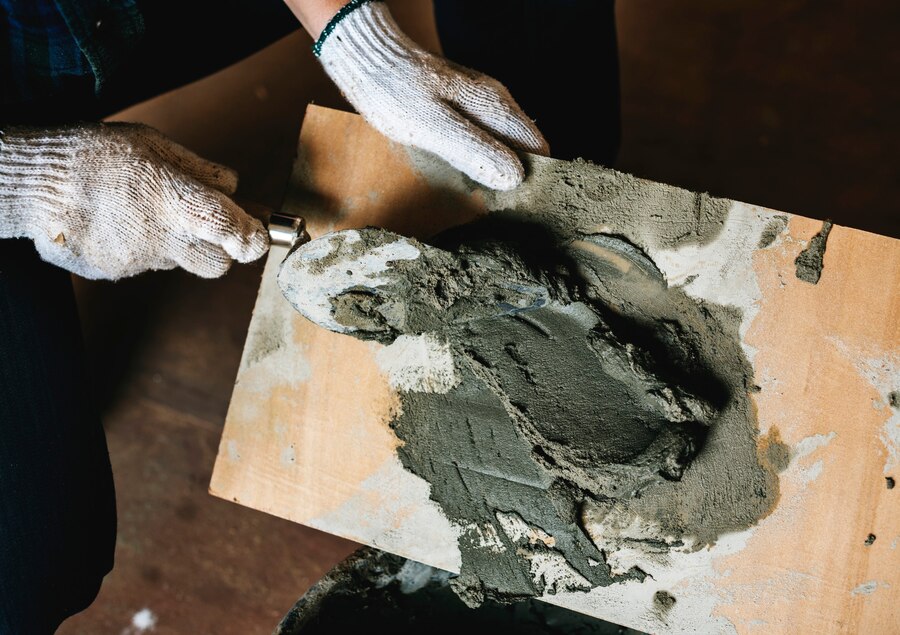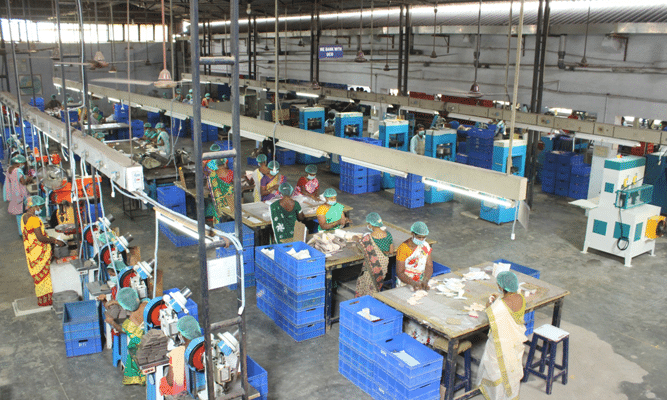Concrete is the backbone of modern infrastructure, providing the solid foundation upon which our cities are built. From towering skyscrapers to intricate bridges, its strength and durability are indispensable. However, achieving optimal strength in concrete requires more than just the right proportions of cement, aggregates, and water. Enter cement additives – the unsung heroes that play a crucial role in maximizing concrete strength and performance.
Understanding Concrete Strength
Before delving into the role of cement additives, it’s essential to grasp the concept of concrete strength. Strength in concrete refers to its ability to withstand applied forces without breaking or deforming. It is typically measured in terms of compressive strength, which is the maximum load a concrete specimen can bear before failing under compression.
Several factors influence concrete strength, including the quality of materials, water-cement ratio, curing conditions, and the presence of additives. Among these, the composition of cement and the incorporation of additives play pivotal roles in determining the ultimate strength and durability of concrete structures.
The Role of Cement Additives
Cement additives are substances added to concrete mixes to improve specific properties or address certain challenges. When it comes to maximizing concrete strength, additives play a multifaceted role:
- Enhancing Workability: Certain additives, such as plasticizers and superplasticizers, improve the workability of concrete mixes by reducing water content while maintaining flowability. This allows for better compaction and consolidation, resulting in denser concrete with fewer voids, ultimately contributing to higher compressive strength.
- Increasing Early Strength: Accelerating admixtures, commonly known as accelerators, are additives that expedite the hydration process, leading to faster setting and early strength gain. These additives are particularly useful in cold weather conditions or when a quick turnaround time is required for construction projects.
- Improving Long-Term Strength: Pozzolanic materials, including fly ash, silica fume, and metakaolin, are additives that react with calcium hydroxide in cement to form additional hydration products. This supplementary hydration enhances the long-term strength and durability of concrete, making it more resistant to chemical attack, abrasion, and cracking.
- Reducing Permeability: Additives like crystalline admixtures or permeability-reducing admixtures (PRAs) work by filling the capillary pores within concrete with insoluble crystals or gels. By reducing permeability, these additives improve the resistance of concrete to water penetration, chloride ingress, and other deleterious substances, thereby enhancing its durability and strength over time.
Future Directions and Conclusion
As the demand for high-performance concrete continues to rise, so too does the need for innovative cement additives. Ongoing research and development efforts are focused on exploring new formulations, incorporating nanotechnology, and optimizing additive combinations to push the boundaries of concrete strength and durability even further.
In conclusion, cement additives play a pivotal role in maximizing concrete strength by enhancing workability, accelerating early strength development, improving long-term durability, and reducing permeability. By leveraging the benefits of these additives, engineers and builders can construct resilient, long-lasting infrastructure that withstands the test of time. As we continue to innovate and refine our understanding of concrete technology, the role of cement additives will remain indispensable in shaping the future of construction.



